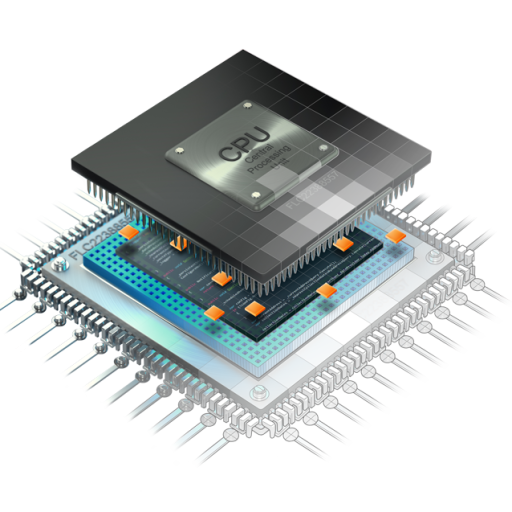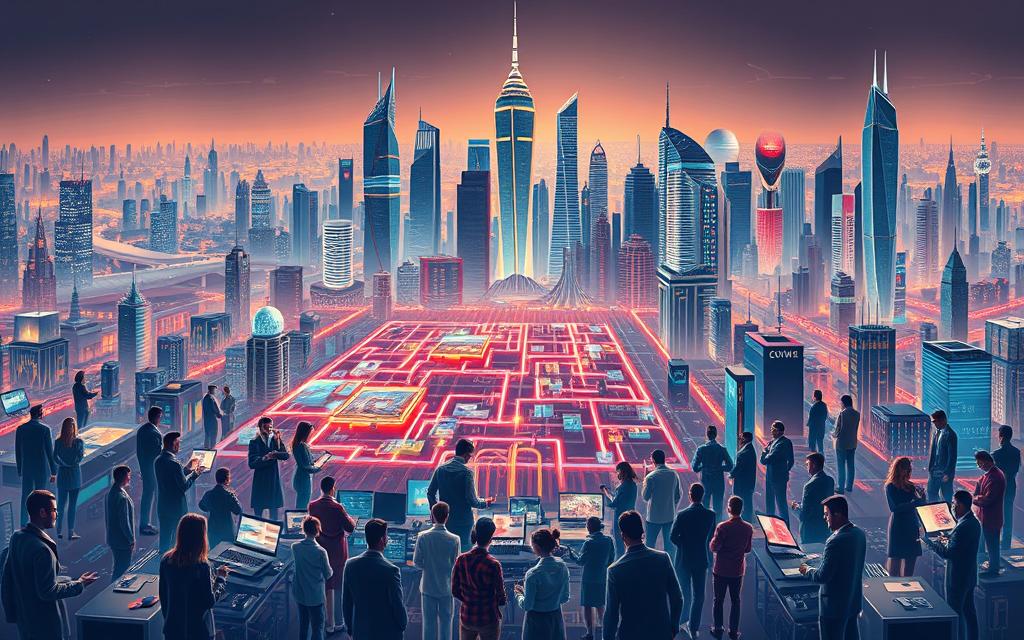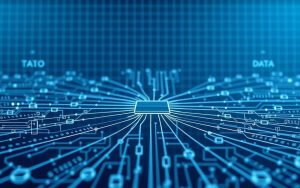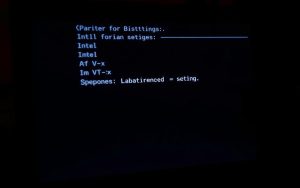The digital revolution has changed IT career fields a lot. What was once just basic computer work now includes things like artificial intelligence and cloud design. This change shows how technology and business needs are evolving together.
Recent data shows a big increase in jobs. The U.S. Bureau of Labour Statistics says there will be a 35% rise in information security analyst jobs by 2031. This is nearly seven times faster than most jobs grow. It shows how computing disciplines keep up with new challenges, like keeping data safe and making smart systems.
Today, companies need experts in areas like machine learning and network virtualisation. These jobs require both technical skills and the ability to think strategically. The Society for Information Management’s latest report says 68% of companies are moving to the cloud. This opens up new areas in infrastructure and service management.
This guide looks at the changing world of technology specialisations. It helps those looking to change careers or improve their skills. We’ll look at important skills, how much you can earn, and what the industry needs in key areas that will shape the future of digital technology.
The Expansive Scope of Information Technology
Today, information technology has grown beyond just computers. It’s now key to global businesses and digital progress. It covers everything from physical devices to cloud services, changing how companies work and compete.
Defining Contemporary IT Parameters
1.1 From Hardware Maintenance to Cloud Architecture
In the 1950s, huge machines like the Ferranti Mark I needed big teams to keep running. Now, IT infrastructure management focuses on combining local servers with cloud services. For example, Amazon Web Services (AWS) hosts 35% of the world’s cloud workloads, showing a big change.
- Reduced physical footprint through virtualisation
- Scalable resource allocation via cloud architecture
- Real-time global accessibility to data centres
1.2 Integration with Business Operations
Modern ERP and CRM systems show how business process automation works. They cut down on manual work by:
- Using AI to understand customer behaviour
- Tracking inventory automatically
- Syncing work across different departments
The move to remote work has made this integration even stronger. Cisco’s 2023 report shows:
“Video calls now take up 38% of company bandwidth, leading to a need for better infrastructure for 72% of US businesses.”
This need has led to more use of cloud migration strategies. Microsoft Azure and Google Cloud are helping with this. They’ve seen a 57% boost in efficiency for companies using these systems, Deloitte found.
Quantifying Information Technology’s Professional Landscape
Today, IT careers span three main levels, employing over 75 million people worldwide. The SIM IT Trends Report shows 32+ specialisations, grouped by OECD technology readiness levels. This system helps professionals find their place in established tech sectors, new areas, and where tech meets other fields.
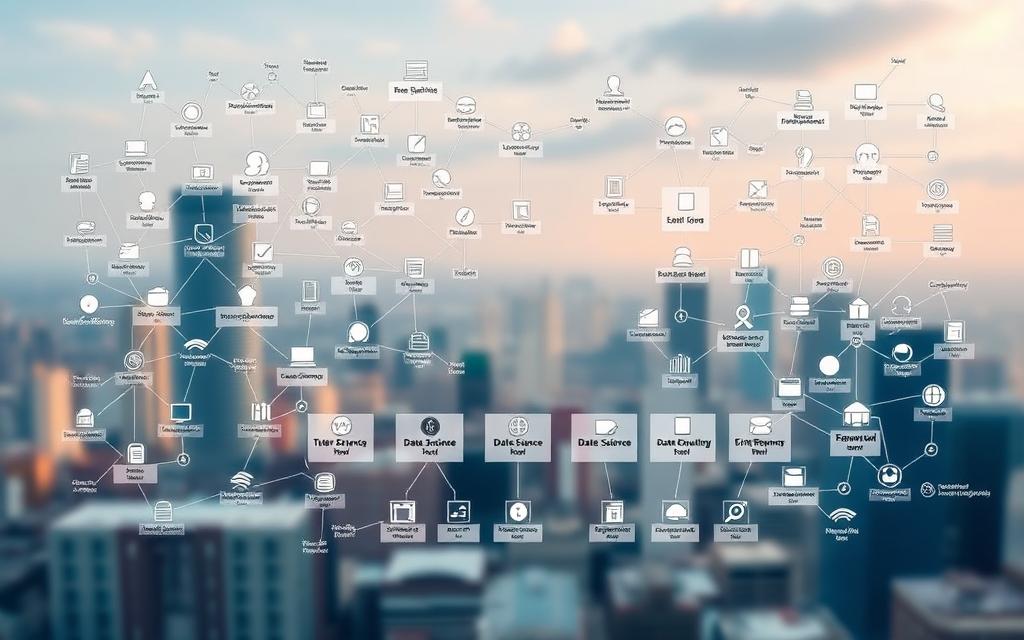
Primary Discipline Categories
2.1 Core Technical Fields (14-18 Established Areas)
At the heart of IT are IT career pathways that are essential. The IEEE lists 17 key technical fields, including:
- Network architecture design
- Database management systems (DBMS)
- Enterprise software development
These established tech sectors make up 68% of IT jobs in the U.S., as the Bureau of Labor Statistics reports.
2.2 Emerging Specialisations (8-12 New Sectors)
New areas grow by 22% each year, with leaders being:
- Quantum computing solutions
- Augmented reality development
- Edge computing infrastructure
“Emerging fields need skills that mix technical know-how with specific industry knowledge.”
2.3 Cross-Disciplinary Hybrid Roles
Hybrid tech roles link IT with other fields, creating jobs like:
- Bioinformatics specialists (biology + data science)
- Legal tech consultants (law + AI systems)
- FinSec analysts (finance + cybersecurity)
These roles often need certifications from different fields, showing IT’s growing role in various sectors.
Core Technical Fields in IT
Modern IT has three key areas that drive innovation. These areas use the latest tools and methods to tackle big challenges.
Software Development
Full-stack development connects the user interface with the server. Developers choose between focusing on the front-end or the back-end, depending on the project.
3.1 Front-End vs Back-End Engineering
JavaScript is key for client-side work, with React being popular. On the server side, Python is used, with Django being a favourite. Here’s a comparison:
| Aspect | Front-End | Back-End |
|---|---|---|
| Primary Focus | User experience | Data processing |
| Key Tools | React, Angular | Django, Node.js |
| Performance Metric | Page load speed | API response time |
3.2 Mobile Application Ecosystems
Developing apps for specific platforms is important. iOS apps use Swift, while Android apps use Kotlin for better performance.
Cybersecurity Architecture
Keeping digital assets safe needs a strong defence. Modern systems use intrusion detection systems and proactive threat-hunting.
3.3 Network Protection Strategies
NIST suggests using:
- Real-time traffic monitoring
- Zero-trust access controls
- OWASP-compliant web gateways
3.4 Cryptography Implementation
AES-256 encryption is top for data safety. It’s often used by financial institutions to protect transactions.
Data Science & Analytics
Predictive analytics models turn data into useful insights. The NHS used TensorFlow to improve patient triage systems.
3.5 Big Data Management Systems
Hadoop clusters handle big data through distributed computing. Its benefits include:
- Fault-tolerant storage
- Horizontal scalability
- Cost-effective processing
3.6 Business Intelligence Applications
Tableau leads in visual analytics with its easy-to-use interface. Retailers use it to track inventory and customer trends.
Emerging Technological Frontiers
The IT world is changing fast, with new areas changing how we handle data and use technology. We’ll look at two key areas that are leading the way in innovation.
Artificial Intelligence Implementation
4.1 Machine Learning Operations (MLOps)
Today’s AI needs strong systems for neural network optimisation and managing models. Tools like Azure ML Studio show how to make workflows smoother:
- Continuous integration/delivery pipelines
- Version control for training datasets
- Performance monitoring in production environments
Federated learning systems are a big step forward. They let models train together without sharing private data. For example, NVIDIA’s predictive maintenance has hit 92% accuracy in spotting faults in machines.
| MLOps Platform | Key Features | Typical Use Cases |
|---|---|---|
| Azure ML Studio | Automated hyperparameter tuning | Healthcare diagnostics |
| AWS SageMaker | Built-in model monitoring | Retail demand forecasting |
| Google Vertex AI | Multi-cloud deployment | Financial fraud detection |
4.2 Natural Language Processing
New transformer models like BERT help machines understand human language better. GPT-4’s new skills are now used for:
- Context-aware chatbots
- Automated contract analysis
- Real-time translation services
Internet of Things (IoT) Infrastructure

Cities are using IoT protocol stacks like LoRaWAN for better data sharing. Barcelona’s smart city project has cut energy use by 30% with:
- Wireless parking sensors
- Smart waste management systems
- Adaptive street lighting networks
4.4 Edge Computing Solutions
Research from MIT’s Edge Computing Lab shows edge computing can reduce latency by 40-60%. AWS Greengrass is a great example, making it possible for:
- Real-time factory automation
- Offline-capable agricultural sensors
- Autonomous vehicle decision-making
“Edge computing transforms raw data into actionable insights before it ever reaches the cloud.”
Specialisation Pathways and Career Development
IT career growth needs both formal learning and industry skills. It’s key to match your learning with the latest tech and sector needs. Making smart specialisation choices is vital for success in this competitive field.
Educational Requirements
5.1 Certification Programmes (CISSP, AWS, Cisco)
Certifications prove your tech skills. The CISSP credential shows you’re good at cybersecurity. AWS Solutions Architect and Cisco CCNP certification paths show cloud and networking skills. Studies show certified people earn 15-25% more than non-certified ones.
CISSP holders advance faster in security jobs than Microsoft Azure-certified ones. But Azure is in demand for hybrid cloud work. This helps you choose the right certification for your career goals.
5.2 University Degree Specialisations
Computer science degrees give a solid base, great for AI and algorithms. Coding bootcamps teach practical skills like full-stack development. 68% of bootcampers get tech jobs within six months, says Course Report.
Industry-Specific Applications
5.3 Healthcare IT Systems
HL7 standards and FHIR APIs have changed medical data sharing. NHS Digital uses FHIR for easy patient record sharing in 2,300+ UK clinics. Epic Systems’ EHR handles 78 million patient interactions monthly, creating a need for healthcare data experts.
5.4 Financial Technology Innovations
Fintech needs experts in blockchain implementations and payment security. SWIFT uses quantum-resistant encryption, and blockchain handles $1.5 trillion in crypto transactions yearly. Knowing finance rules and tech is key in this field.
For those looking into IT career paths, combining certifications with industry knowledge is essential. The best specialists have both tech skills and deep industry knowledge.
Conclusion
The IT field is growing fast, with over 40 special areas shaping the world. The Bureau of Labor Statistics says computer jobs will grow by 13% by 2031. This is faster than most jobs.
People need to plan their tech careers carefully. Gartner says AI and edge computing will lead the way until 2026. This means skills in these areas are key.
Keeping skills up to date is essential. CompTIA says 60% of IT workers need new certifications every two years. Roles like AI ethics and quantum machine learning need both tech skills and knowledge of areas like healthcare.
Switching to new areas needs careful planning. Look for certifications in areas like AWS AI Services or Microsoft Azure IoT. Use LinkedIn Groups for cybersecurity analysts and tools like Lightcast’s labor market analytics to see what skills are in demand.
Good career planning looks at both now and the future. Focus on skills that can be used in many areas, like Python for data science and machine learning. Join groups like ISACA or IEEE Computer Society to stay ahead of changes in fields like generative AI.
The future requires staying ahead of changes. Follow sources like MIT Technology Review and go to virtual events like CES. With the right skills and learning, IT professionals can turn changes into chances for growth.
